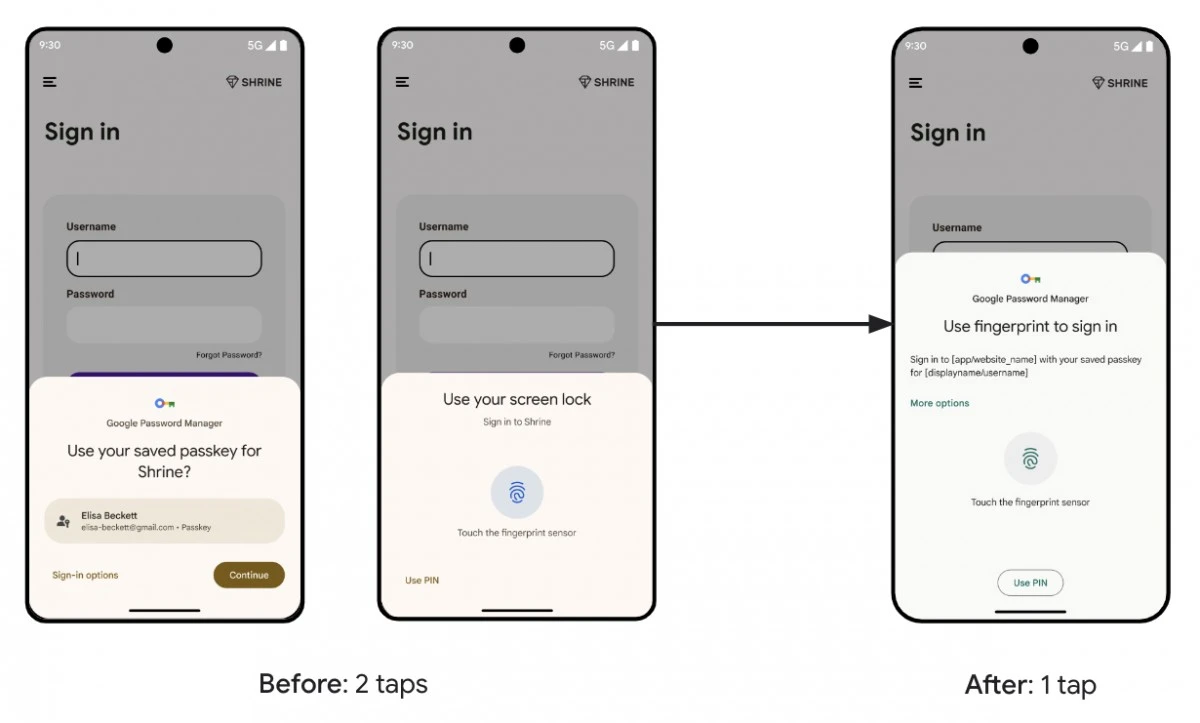
They will develop more thrust nuclear reactors, which have so far been little used in space. In addition to NASA, the Russians also seem to see the future in this technology.
Russia’s Federal Space Agency, Roscosmos, has announced that it will launch its new spacecraft on an interplanetary mission in 2030, he wrote. ScienceAlert is a scientific journal.
The spacecraft power supply unit is named Zeus and is designed to be able to deliver large quantities of cargo to distant planets as well.
The Zeus unit that provides power to the designed spacecraft is practically a mobile nuclear power plant.
It is also important to emphasize that not only the Russians are planning such a development, but many other countries, including United States of America It would accelerate space travel in a similar way. Now, space devices rely on solar energy or gravity, but if they are to accelerate, they are not the most efficient.
With current methods, it would take more than three years for astronauts to reach Mars during the mission. These paths will be accelerated by the use of nuclear energy. NASA estimates, for example, that the technology will shorten the path to the red planet by a year.
Although the Curiosity and Perseverance spacecraft that were sent to Mars are powered by nuclear power, other technology, NASA has so far only sent a device equipped with a nuclear reactor into space, another satellite in 1965. The Americans now plan to install a reactor strongly. 10 kilowatts in their unit landing on the moon early 2027.
Meanwhile, Russia has already launched more than 30 reactors. The now announced Zeus will develop this using a 500 kW nuclear reactor.
According to the plans, the new Russian spacecraft will first reach the moon during its mission and then travel from there to Venus. Here, using the planet’s gravity, it will point in the direction of its ultimate target, Jupiter. The track built this way may help you reduce the need for propellants to reach the largest planet in the solar system.
The entire journey will take 50 months, according to Roscosmos leaders, although Russian experts are still working on accurate calculations.
This mission will ultimately be only the first step in harnessing nuclear energy in space, and Russia also plans to build a space station where the same nuclear technology will be used.

Many people may be afraid of the use of nuclear energy in space, but it is important to emphasize that technology can solve problems that, for example, solar powered devices cannot solve them.
The spacecraft currently derives its power from either the sun, cells, or isotope thermoelectric generators.
For example, solar energy can also be used to charge device batteries, but as it is further away from the sun, the efficiency of solar energy use also decreases.
Some devices derive their energy from thermoelectric generators in radioactive isotopes outside the solar system or in interstellar space, but these “nuclear elements” are not identical with reactors.
So nuclear reactors could have a number of advantages in space. For example, they can save energy in the cold and dark parts of the solar system. Can be used for a long time, Zeus is designed for 10-12 years of operation. Moreover, it could provide enough space for spacecraft to move between planets quickly.
Of course, there are a number of challenges that must be overcome in order to use nuclear reactors in space. Highly enriched uranium must be used, which poses safety risks. In the United States, for example, the use of this technology in space was banned in 2020 if the mission could be accomplished with other nuclear fuels or other energy sources.
Russian engineers began developing the Zeus module early in 2010 with the goal of putting it into orbit within two decades. According to the current announcement, they seem to be able to stick to this schedule.
Prototype testing has already begun in 2018, and the technology could subsequently work on the new Russian space station planned for 2025.
The latter may be needed because Russia will exit from the International Space Station launched in 1998 in 2025. This, according to Russians, is also necessary because the state of the space station “leaves much to be desired.” Although NASA has confirmed that it will occupy the International Space Station by at least 2028, there are already problems with it. Recently, for example, an air leak has been observed, The space station’s oxygen supply system also failed.
Cover photo: Photos of the Juno spacecraft of Jupiter (Image: NASA)













































